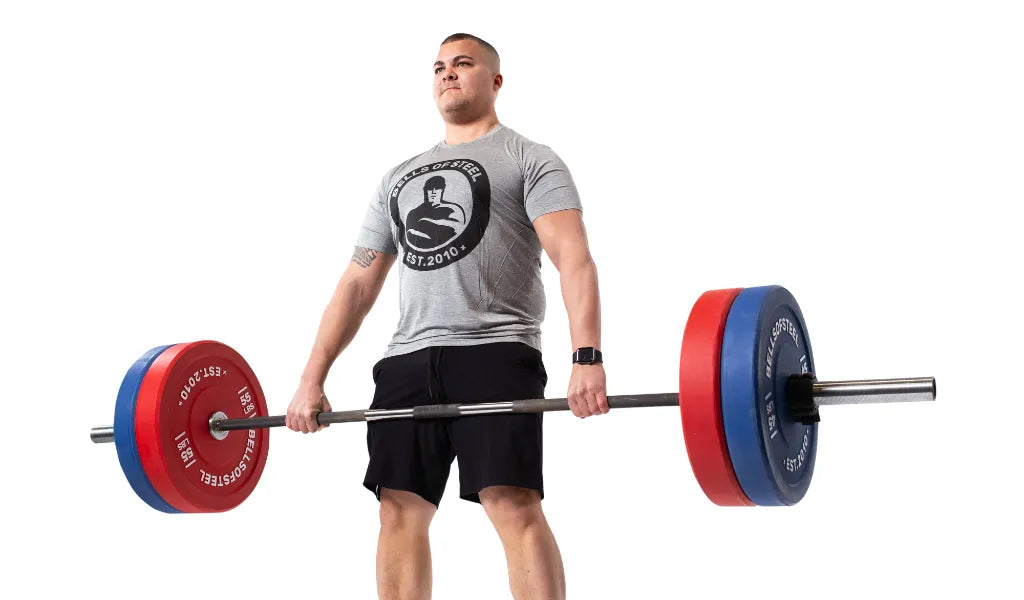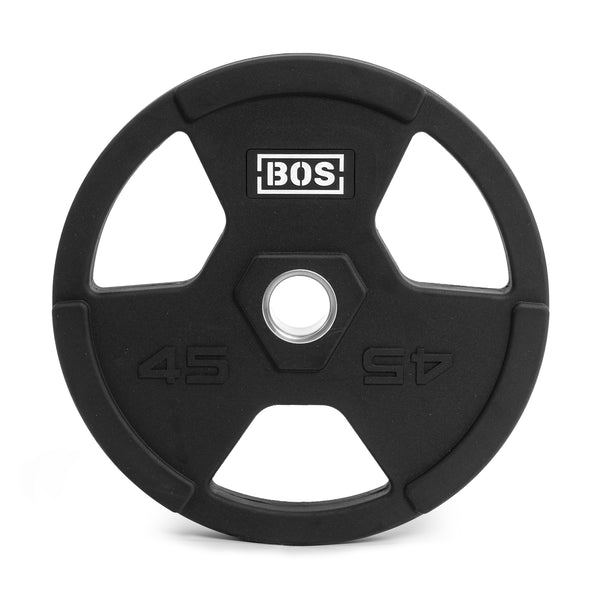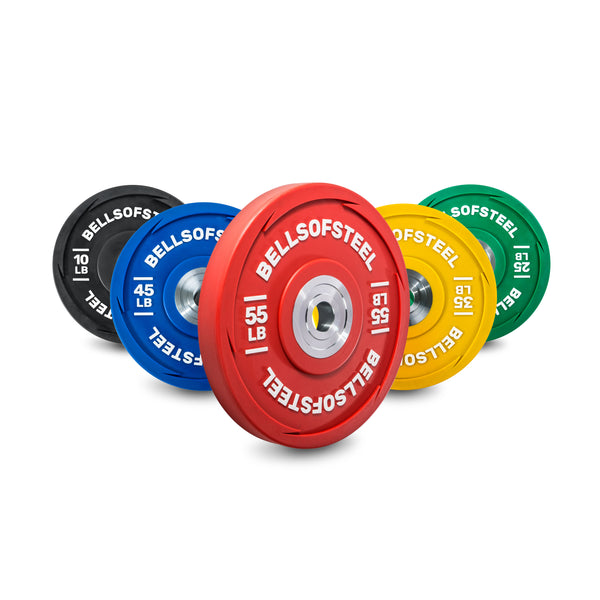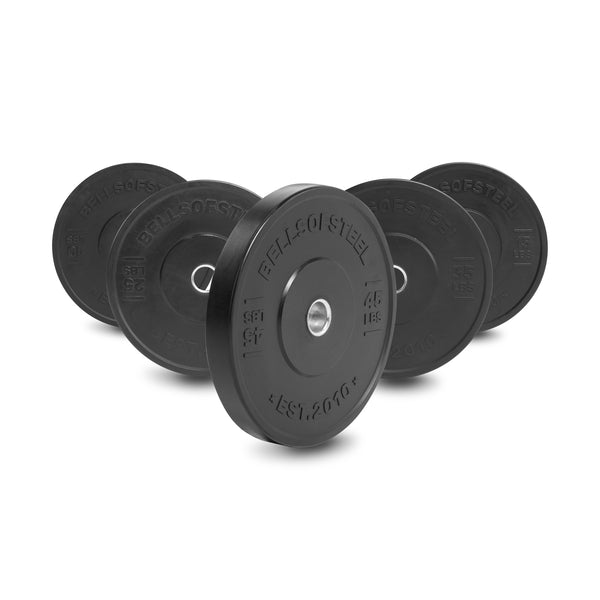So, you’ve decided to take the plunge and build your own home gym. You’ve got the rack, the barbell, maybe even a trusty bench. But wait! What about the weight plates?
Choosing the right weight plates can be a bit like picking the perfect avocado—there’s a lot to consider, and you don’t want to end up with a dud. Don’t worry, we’ve got you covered. Let’s dive into the different types of weight plates, the pros and cons of each, and key considerations to help you make the best choice for your home gym.
Types of Weight Plates
Standard Weight Plates
Standard weight plates are the bread and butter of any gym. These are the ones you see everywhere, from your high school gym to the local fitness center. They come in a variety of sizes and are usually made from iron.
Pros:
Standard weight plates are versatile and widely available. They fit most standard bars and are typically less expensive than other types. Plus, they’re durable and can last for decades with proper care.
Cons:
These plates can be noisy when dropped, and the lack of protective coating can damage floors. They’re also not the most aesthetically pleasing, if that matters to you.
Rubber Coated Weight Plates
Rubber coated weight plates are similar to standard plates but come with a rubber coating. This layer adds some protection and noise reduction, making them a popular choice for home gyms.
Pros:
Rubber coating reduces noise and floor damage, making them more home-friendly. They also have a more polished look, which can make your gym space look top-notch.
Cons:
They can be more expensive than standard plates. Over time, the rubber coating can wear down, especially if you’re not gentle with them.
Bumper Plates
Bumper plates are the superheroes of the weight plate world. Made entirely of dense rubber, these plates are designed to be dropped from a height, making them perfect for Olympic lifting.
Pros:
Bumper plates are quiet and floor-friendly. They’re designed to withstand drops, which is a huge plus if you’re into heavy lifting. They also come in a variety of vibrant colors, making your gym look like a rainbow of gains.
Cons:
They’re more expensive than other types of plates. They also take up more space on the barbell due to their thicker design, which can be a limitation if you’re lifting very heavy weights.
Urethane Coated Plates
Urethane coated plates are the luxury cars of the weight plate world. They offer all the benefits of rubber coated plates but with enhanced durability and a sleeker look.
Pros:
Urethane is more durable than rubber, so these plates will last longer. They’re also more resistant to wear and tear, and they look great, maintaining their appearance over time.
Cons:
They come with a higher price tag. While they offer great benefits, the cost can be a deterrent for those on a budget.
Key Considerations for Home Gym Owners
When choosing weight plates for your home gym, think about your space, budget, and lifting goals.
If you’re tight on space, rubber coated or bumper plates are a good choice to protect your floors and reduce noise. If you’re budget-conscious, standard plates might be the way to go.
Consider what type of lifting you’ll be doing most—if you’re into Olympic lifts, bumper plates are a must. For general strength training, standard or rubber coated plates will do the job.
Space and Storage
Weight plates can take up a lot of space, especially bumper plates. Make sure you have adequate storage solutions, like plate trees or racks, to keep your gym organized and safe.
Budget
Your budget will play a significant role in your decision. Remember that investing in good quality plates can save you money in the long run, as they’ll last longer and require less maintenance.
Lifting Goals
Your lifting goals should also guide your choice. If you’re planning on heavy Olympic lifting, bumper plates are essential. For general strength training, standard or rubber coated plates will suffice.
Weight Plate FAQs
Q: Do I need bumper plates?
A: If you’re doing Olympic lifts or functional fitness, bumper plates are a great investment. They’re designed to handle drops, which protects both the plates and your floor.
Q: Can I mix different types of plates?
A: Yes, you can mix different types of plates. Just be mindful of the total diameter of the plates to ensure even weight distribution on the barbell.
Q: Are rubber coated plates worth the extra cost?
A: If noise reduction and floor protection are important to you, rubber coated plates are worth the investment. They’re also more durable and visually appealing.
Summary
To wrap it up, here’s the scoop on which weight plates to choose:
- Standard Plates: Versatile and budget-friendly, but noisy and can damage floors.
- Rubber Coated Plates: Quieter and more floor-friendly, but pricier.
- Bumper Plates: Ideal for Olympic lifts, durable and colorful, but take up more space and cost more.
- Urethane Coated Plates: Durable and sleek, but come with a higher price tag.
Choosing the right weight plates for your home gym doesn’t have to be a Herculean task. Consider your space, budget, and lifting goals to find the perfect match. And remember, every great lift starts with the right plates!



